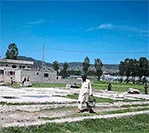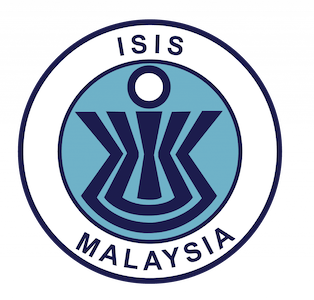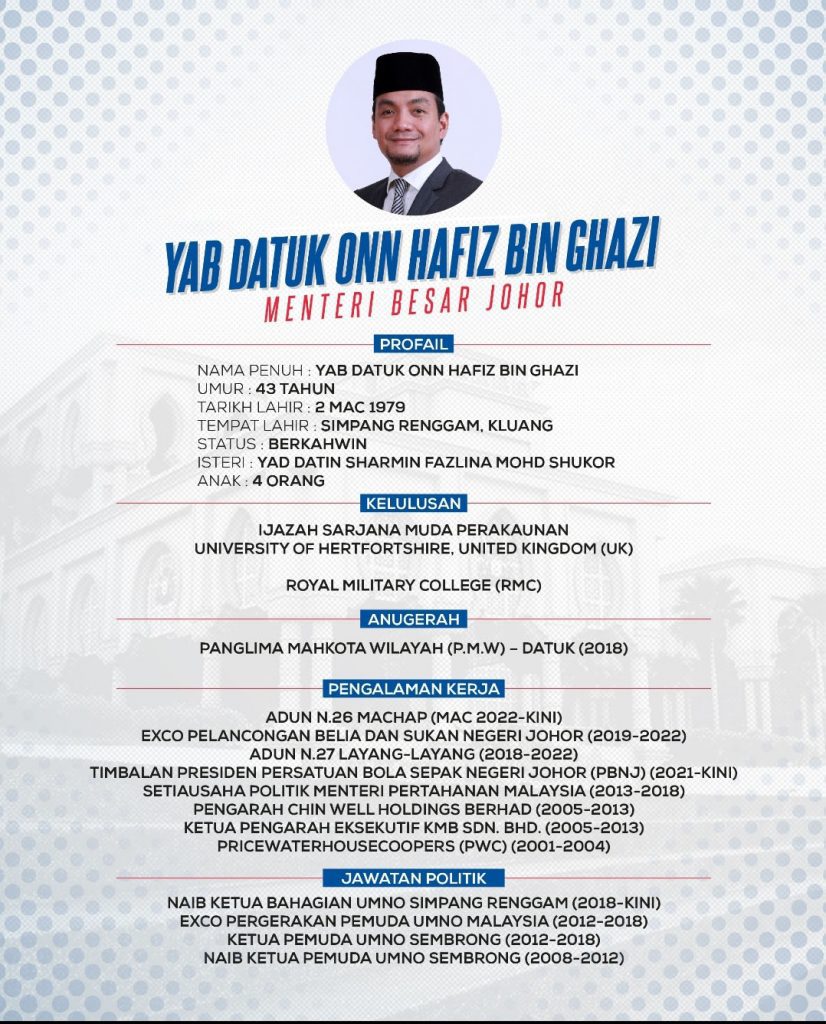Where conspiracy practice has already become widespread, typically for selfish and cynical purposes, conspiracy theories themselves are no longer necessary
TRUTH is said to be the first casualty of war, and even disputes can render it malleable, deformable and negotiable.
The catalyst is vested political interest, particularly when it is undeclared. This usually happens when issues are fraught, the stakes are high and significant events like an election or re-election are involved.
Thus Operation Neptune Spear, when a US Navy special forces (Seals) team stormed a house in Abbottabad, Pakistan, in May 2011 to kill Osama bin Laden.
The official US version seemed simple enough: they had located Osama by tracking his courier, debated the best way to “get” him, and decided on an airborne assault by Seal Team Six.
So two US military helicopters flew to Abbottabad, the Seals descended onto the targeted house, killed Osama in his room and flew off after one helicopter accidentally crashed. All of it happened within 5km of a Pakistani military base and a training academy, without any reaction from Pakistani forces at all.
Last Sunday, American investigative journalist Seymour Hersh exposed much of this version as a political fairy tale. Hersh, who had previously exposed the US massacre of Vietnamese villagers in My Lai and torture at Iraq’s Abu Ghraib prison, said Pakistani military authorities were instrumental in the mission.
Not only that, but Pakistan’s Inter-Services Intelligence (ISI) spy agency had caught Osama and held him captive since 2006. The US knew about this only after a former ISI officer told the CIA, one year before Operation Neptune Spear took off.
Although Hersh did not name the officer, he has since been identified as Brig Usman Khalid. He had traded Osama’s location for a chunk of the US$25mil (RM89.2mil) reward, US citizenship and a job as a CIA adviser in Washington.
US officials immediately rejected Hersh’s revelations. But mainstream US media CBS and the New York Times gave them credence, as did French news agency AFP.
So did academic RJ Hillhouse and journalist Carlotta Gall, who had discovered much of the unofficial version on their own. Most of the details in Hersh’s account correspond with Hillhouse’s and Gall’s, with no significant contradictions.
The Obama White House had wanted full credit for the operation at a critical time. The administration’s first term was about to end with low public ratings and a looming re-election campaign with questionable prospects.
But success in “getting” Osama when others like George W. Bush had failed would boost the Obama brand. Today, that stands as Obama’s proudest achievement for the US public.
Osama was also a hot potato for Pakistan since his capture. With a population hostile to Western intentions and even sympathetic to iconic Islamist rebels like Osama, no public figure would just hand him over to the US for possible execution.
Thus, Pakistani military leaders who had custody of him did not want to say or do anything that could earn them public opprobrium or violent retaliation at home. They duly kept a low profile before, during and after Operation Neptune Spear.
The operation caused a public uproar in Pakistan. People were incensed over how US forces could so blatantly intrude into Pakistani territory without approval for a violent mission in the vicinity of the country’s defence forces.
Hersh’s critics say Pakistan’s military figures are only using him to recover lost pride after their national sovereignty had been violated right under their noses. But the controversy over the operation had subsided after four years, so for Hersh to draw public attention to it again would not favour Pakistan’s military establishment.
The US political establishment itself has not been as transparent as it likes to claim. After first insisting that the Seals team had been assigned to capture Osama and only if necessary kill him, it became clear that it was a kill mission from the start.
Even the manner in which the al-Qaeda leader was shot has seen at least two different versions, both eyewitness accounts from different members of the Seals team. Other inconsistencies have added to the doubts and speculation.
The initial official account said Osama had reached for his AK47 propped up against the bedroom wall when the Seals entered. And since he was going to shoot it out, they shot him dead.
Official sources as well as ABC news then reported that the Seals had ordered “Geronimo” (Osama) to surrender but he refused. So they shot him in the head, twice.
It later turned out that the Seals first fired at Osama when he appeared at the bedroom door at the top of the stairs as they ascended, but the shots missed. Moments later in the bedroom, he was shot several times in the head and then in the body as he lay on the floor.
The assassination squad had gone in with video cameras on their helmets, streaming live feeds to senior White House officials watching the action on their screens. This footage was not made public, and even the live feed was interrupted with a blackout at a crucial point without explanation.
Later official reports said Osama’s body was wrapped in cloth and after due Muslim rites was “buried at sea”, but no witnesses or photographic or video evidence surfaced. Hersh contends that Osama’s remains had been strewn over the Hindu Kush mountains from a helicopter.
Various details in the different versions have been contradicted or corroborated, to varying degrees. The core answers can come only by considering the main issues.
Osama had been staying at the Abbottabad house in the midst of a Pakistani military enclave. It made no sense for him to choose to stay there, unless he was being held there against his will.
He has also been known to be surrounded by scores of fully armed bodyguards, even in such inhospitable places as Afghanistan’s Tora Bora mountains. Yet in Abbottabad where accommodation was plentiful, no more than a handful of individuals were with him when the assassination team arrived.
Hersh says the house and the compound were under ISI control, with many guards withdrawing from sight upon the sound of approaching Blackhawk helicopters. It was a set-up to terminate Osama “with extreme prejudice”.
Hersh’s critics say it is unlikely for Pakistani and US forces to collaborate in such minute detail. However, all it took was a quiet understanding that Pakistani officials would stand down while the US operation proceeded.
One of Hersh’s sources said Osama had been very ill and hardly mobile. So it would look very bad for the US if it became known that the world’s most powerful military had to take months to train a team of special forces troops just to shoot dead a frail and disabled old man, unarmed and unprotected, while he was under house arrest.
Pakistani officials offered some predictable protest after the operation became publicly known, but that soon died down. The point is that Osama and his presence in Pakistan are no longer a burden to them.
Incredibly, throughout the operation, there was no pursuit of the US Seals by enraged Pakistani troops stationed nearby, nor any hot pursuits by army trucks or aircraft. The mission went more smoothly than any Hollywood action movie, even those with the usual predictable results.
Article by Bunn Nagara which appeared in The Star, 17 May 2015.





